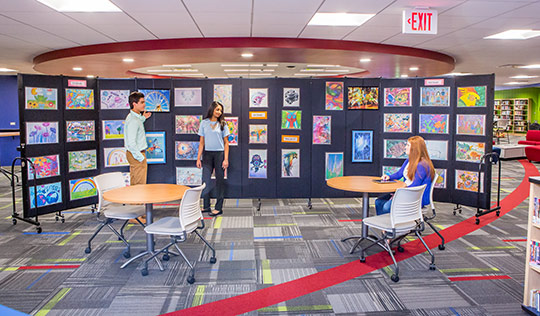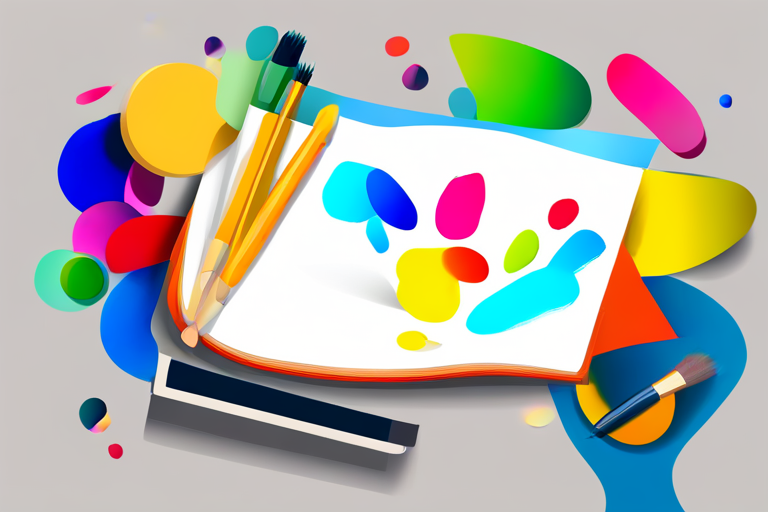Exploring the Creative Art of Design
Design is a powerful form of creative expression that encompasses a wide range of disciplines, from graphic design and fashion design to interior design and product design. It is a field that combines aesthetics, functionality, and problem-solving to create visually engaging and meaningful experiences. In this blog post, we will dive into the world of design, exploring its various facets and providing valuable insights for aspiring designers.
1. Understanding the Foundations of Design
Design is rooted in fundamental principles that form the backbone of any successful project. These principles include balance, unity, contrast, hierarchy, and proportion. By mastering these principles, designers can create visually harmonious and impactful compositions.
2. Effective Use of Color
Color plays a crucial role in design. It can evoke emotions, set a mood, and communicate a brand’s identity. Understanding color theory, such as the color wheel, color harmonies, and psychological effects of color, allows designers to create compelling visuals that resonate with their target audience.
3. Typography as a Design Element
Typography is more than just choosing fonts; it is a powerful design element that can enhance the overall aesthetic and readability of a design. Designers should consider factors such as font families, weights, sizes, and alignment to create visually appealing and legible typography that complements the overall design.
4. Utilizing White Space
White space, also known as negative space, refers to the empty space surrounding design elements. It can give designs room to breathe, improve readability, and draw attention to key elements. Designers should use white space strategically to create a balanced and engaging composition.
5. User-Centered Design
User-centered design focuses on understanding the needs and behaviors of the end user. By conducting user research, usability testing, and creating user personas, designers can create intuitive and user-friendly experiences that cater to their audience’s specific requirements.
6. Incorporating Design Trends
Staying up to date with design trends is essential for designers seeking to create modern and relevant work. However, it’s important to strike a balance between incorporating trends and maintaining a unique and timeless design style. By blending current trends with their own artistic flair, designers can create visually appealing and innovative designs.
7. Embracing Design Tools
Designers have a vast array of digital tools at their disposal. These tools can streamline the design process, enhance productivity, and provide endless possibilities for creativity. Familiarize yourself with popular design software such as Adobe Creative Suite, Sketch, or Figma to bring your design ideas to life effectively.
8. Seeking Inspiration and Feedback
Design inspiration can come from various sources, such as nature, art, architecture, or other designers’ work. Engaging with design communities, attending conferences, and seeking feedback from peers can help designers grow and refine their skills. Constructive criticism and diverse perspectives can often lead to breakthroughs in the design process.
9. Ethical Considerations in Design
Designers also have a responsibility to approach their work ethically. This includes considering accessibility, inclusivity, and sustainability in design solutions. By designing with these factors in mind, designers can create designs that have a positive impact on society and the environment.
10. Continuous Learning and Growth
The world of design is ever-evolving. To stay relevant, designers must commit themselves to continuous learning and growth. Whether it’s mastering new design software or expanding their knowledge in specialized fields like UX/UI or motion graphics, a thirst for knowledge and a dedication to self-improvement are essential traits for any successful designer.
In conclusion, the art of design is a multi-faceted and dynamic field that requires a combination of creativity, technical skills, and an understanding of human behavior. By embracing the foundational principles, staying informed about current trends, and being mindful of ethical considerations, designers can create impactful and visually stunning work. So go ahead, unleash your creativity, and explore the endless possibilities that the world of design has to offer.











